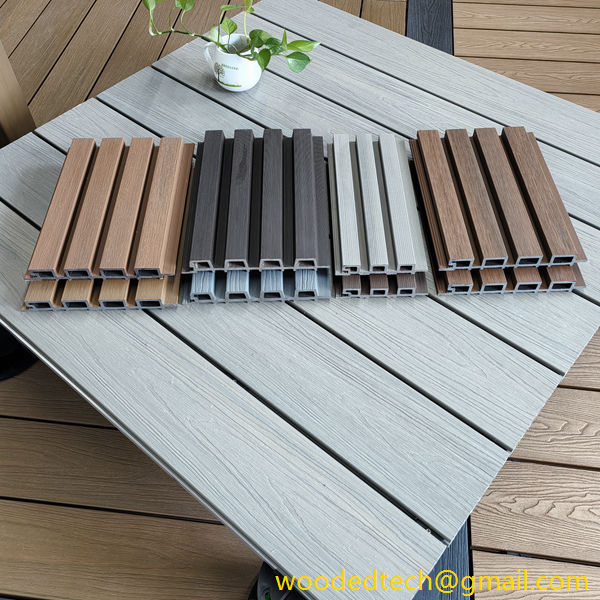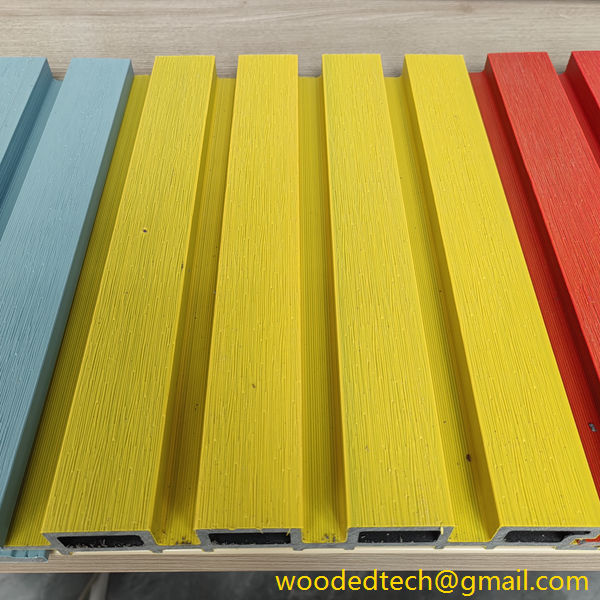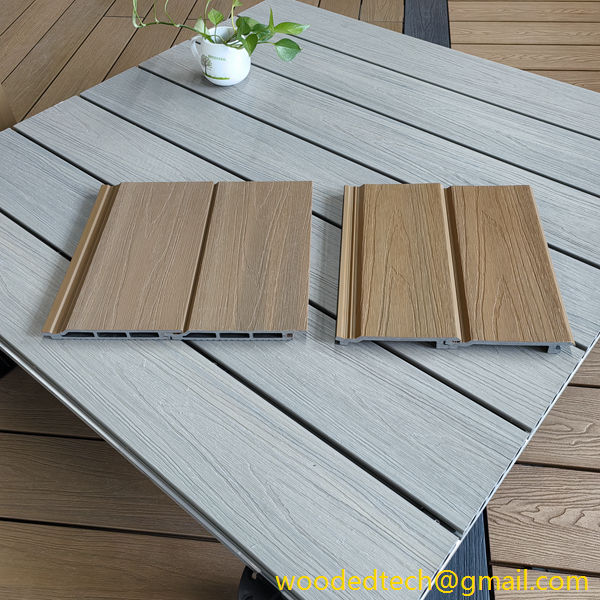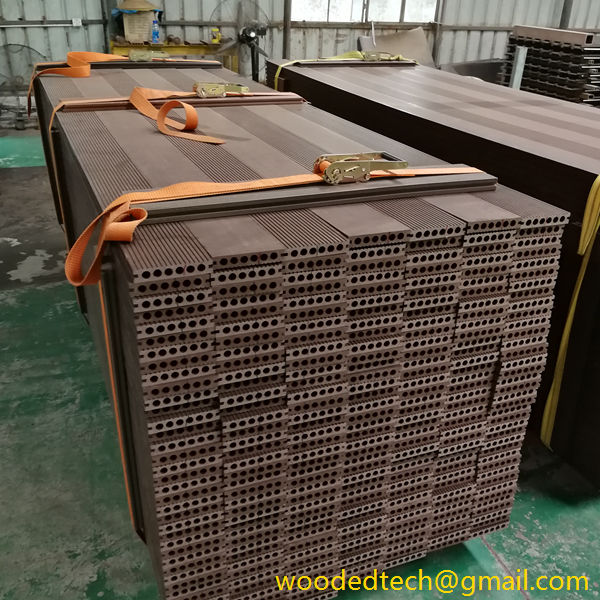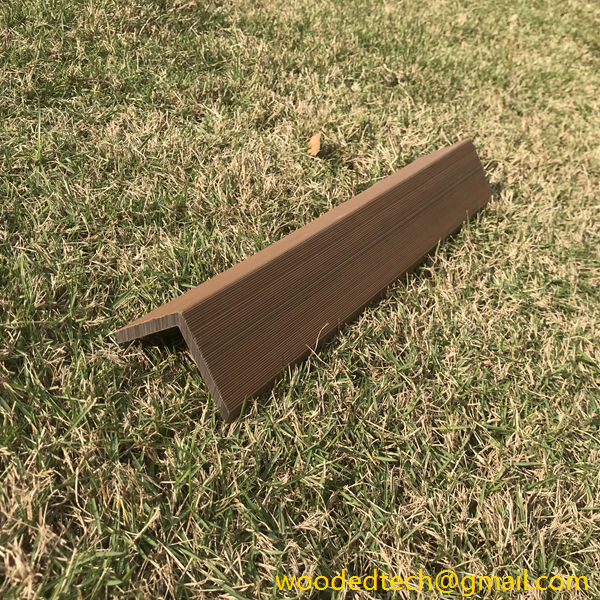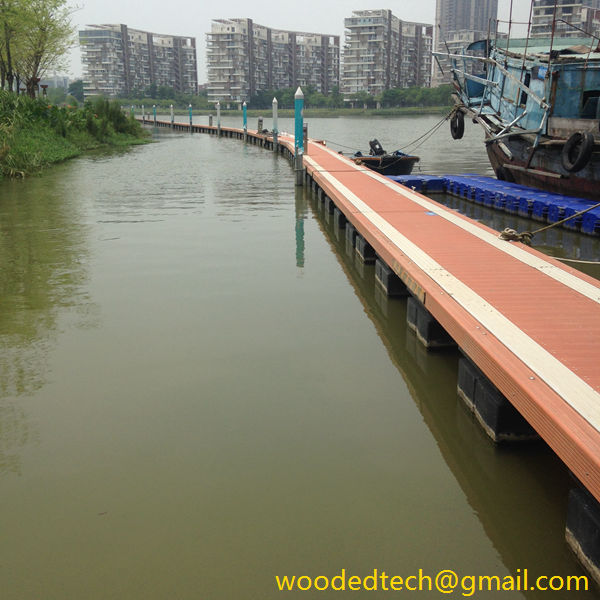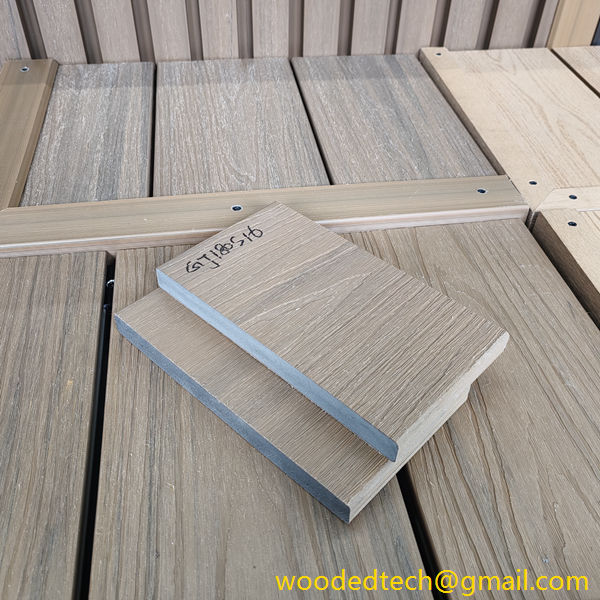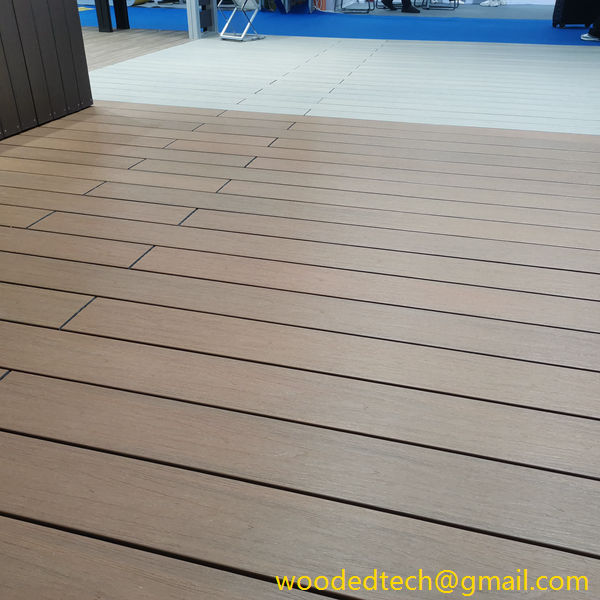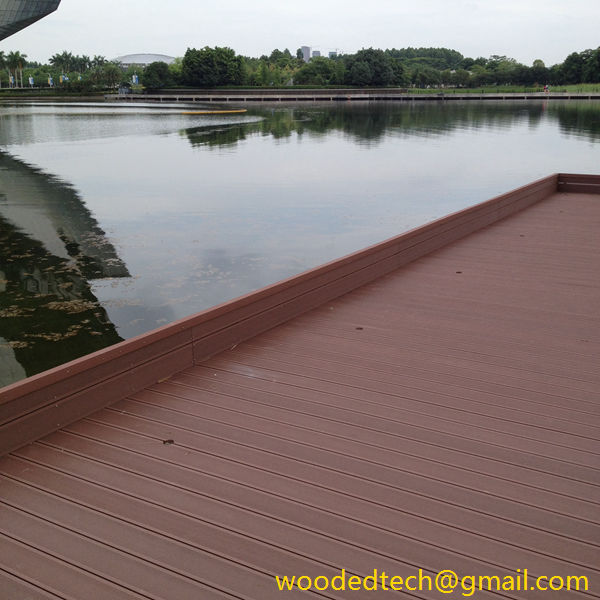Преимущества внешней облицовки из ДПК для современных архитектурных проектов
Внешняя облицовка из древесно-полимерного композита (ДПК) стала популярным выбором в современных архитектурных проектах, сочетая в себе функциональность и эстетическую привлекательность. Этот инновационный материал, состоящий из смеси древесных волокон и пластиковых полимеров, обладает огромным количеством преимуществ, отвечающих потребностям современных строительных проектов. Поскольку архитекторы и строители все больше стремятся к устойчивому...
Wood Plastic Composite (WPC) external cladding has emerged as a popular choice in modern architectural designs, blending functionality with aesthetic appeal. This innovative material, composed of a mixture of wood fibers and plastic polymers, offers a myriad of benefits that cater to the needs of contemporary construction projects. As architects and builders increasingly seek sustainable and versatile materials, WPC cladding stands out for its unique properties and customizability.
One of the most significant advantages of WPC external cladding is its durability. Unlike traditional wood, which can be susceptible to rotting, warping, and insect infestations, WPC is engineered to withstand the elements. It is resistant to moisture, UV rays, and extreme temperature fluctuations, making it an ideal choice for various climates. This durability translates to lower maintenance costs over time, as WPC cladding does not require regular sealing or painting like natural wood. Property owners can enjoy the aesthetic warmth of wood without the associated upkeep.
WPC external cladding also offers excellent thermal insulation properties. The combination of wood fibers and plastic creates an effective barrier against heat loss, contributing to energy efficiency in buildings. This is particularly important in modern architectural designs, where energy conservation is a key consideration. By reducing the amount of energy needed for heating and cooling, WPC cladding can help lower utility bills and create a more comfortable living environment.
Another compelling benefit of WPC cladding is its versatility in design. The material can be manufactured in a wide range of colors, textures, and finishes, allowing architects and designers to achieve their desired aesthetic vision. Whether it is a sleek, modern look or a more rustic appearance, WPC can be customized to fit various architectural styles. This flexibility is particularly beneficial in urban environments, where buildings often need to conform to specific design guidelines while still standing out.
Furthermore, WPC external cladding can be easily fabricated into different shapes and sizes, enabling unique design features that may not be possible with traditional materials. Curved walls, intricate patterns, and customized profiles can all be achieved with WPC, allowing architects to push the boundaries of their creativity. This adaptability is a significant advantage in modern architectural design, where individuality and innovation are highly valued.
Sustainability is another critical factor driving the popularity of WPC cladding. As awareness of environmental issues continues to grow, many builders and architects are seeking materials that are eco-friendly. WPC is often made from recycled materials, which helps reduce waste and the demand for new raw materials. Additionally, the production process of WPC typically has a lower carbon footprint compared to traditional wood processing. By choosing WPC cladding, builders can contribute to sustainable building practices while still achieving high-quality results.
WPC external cladding is also known for its fire resistance. With increasing concerns over fire safety in urban areas, the fire-retardant properties of WPC make it a suitable choice for exterior applications. While no material is entirely fireproof, WPC has been formulated to meet stringent fire safety standards, providing an extra layer of protection for buildings. This aspect is particularly relevant for high-rise constructions, where fire safety regulations are paramount.
In addition to its practical benefits, WPC cladding can enhance the overall value of a property. Aesthetically pleasing and low-maintenance materials are attractive features for potential buyers and renters. By investing in WPC cladding, property owners can increase the marketability of their buildings. The modern look of WPC can elevate the architectural appeal of a structure, making it more desirable in a competitive real estate market.
The installation process for WPC external cladding is also straightforward, which can lead to significant time savings during construction. Many WPC products are designed for easy assembly, allowing builders to complete projects more efficiently. This ease of installation can reduce labor costs, making WPC an economically viable option for many construction projects. Additionally, the lightweight nature of WPC makes it easier to handle and transport, further contributing to its cost-effectiveness.
Finally, WPC cladding contributes to acoustic insulation. The composite material can help reduce noise transmission from the outside, creating a more peaceful interior environment. This is particularly beneficial in urban settings where external noise can be a significant concern. By incorporating WPC external cladding into their designs, architects can enhance the overall living experience for occupants.
In conclusion, WPC external cladding presents a multitude of benefits that align with the demands of modern architectural designs. Its durability, energy efficiency, design versatility, sustainability, fire resistance, and ease of installation make it an attractive option for builders and architects alike. As the construction industry continues to evolve, WPC cladding is poised to play a crucial role in shaping the future of building materials, offering a perfect blend of form and function in contemporary architecture. Embracing WPC cladding not only enhances the aesthetic appeal of structures but also supports sustainable practices, making it a wise choice for modern construction initiatives.

